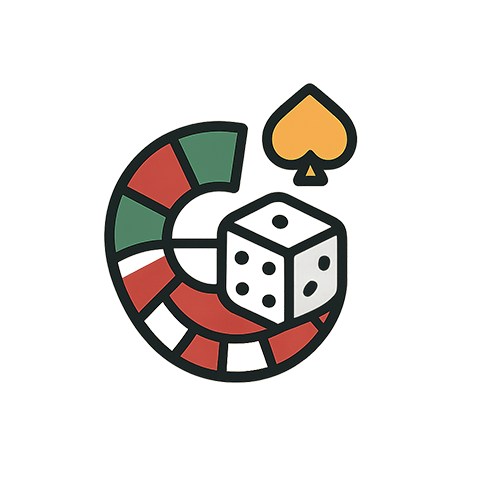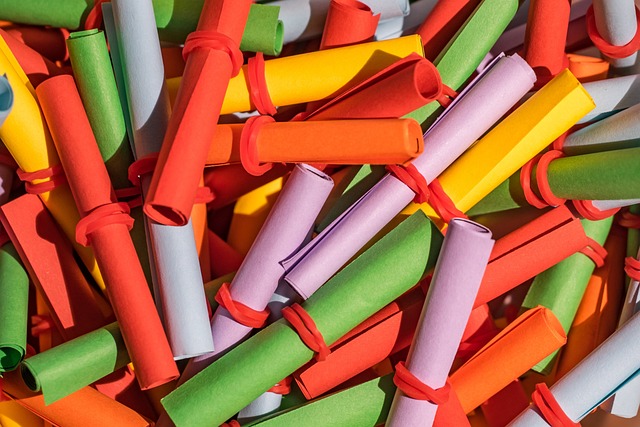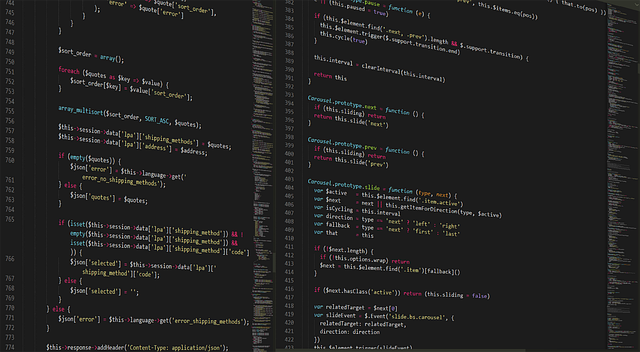When you hold a lottery ticket, the first thing you notice is the price tag. For most people, the number on the receipt becomes a point of comparison: is it worth spending $2, $5, or $10 on a single chance to win a grand prize? The answer to that question is surprisingly nuanced. While the price of a lottery ticket does not change the raw probability of hitting the jackpot, it can influence how many tickets you buy, how often you play, and ultimately the odds that you will experience a win of any kind.
Understanding the Basic Odds
At its core, a lottery is a simple probability exercise. If a game offers 1 in 10,000 odds of winning the top prize, each ticket—regardless of its cost—has that same chance. The mathematics of the lottery is straightforward: the probability is determined by the number of possible combinations, not by how much you pay. Therefore, a $2 ticket and a $5 ticket are statistically identical in terms of the likelihood of landing the winning numbers.
What does change, however, is the number of tickets you can afford. If you allocate a larger portion of your budget to a single ticket, you might end up purchasing fewer tickets over time. Conversely, a lower-priced ticket allows you to buy more, thereby increasing the number of chances you actually have each draw. This relationship is where the lottery ticket price starts to matter in a real, practical sense.
The Price Point and Ticket Volume
Consider a simple example: you have a monthly gambling budget of $20. If you purchase $5 tickets, you can buy only four tickets each month. If you instead choose $2 tickets, you can buy ten tickets with the same budget. Even though each individual ticket’s odds remain unchanged, the higher volume increases your overall probability of securing at least one smaller prize.
“In a game where the odds of winning any prize are 1 in 20, buying ten $2 tickets gives you a 10/20, or 50%, chance of winning something, whereas four $5 tickets give you only a 4/20, or 20%, chance.”
This simple arithmetic illustrates why the lottery ticket price can indirectly influence your success rate. The more tickets you buy, the more likely you are to hit a prize, even if it is a modest one. In many lottery systems, secondary prizes are common and often more attainable than the headline jackpot.
Economic Incentives and Behavioral Effects
Beyond pure odds, the psychology of pricing plays a pivotal role in how players approach the lottery. Human beings are naturally sensitive to price changes; a $5 ticket may feel like a larger commitment than a $2 ticket, even if the underlying value is the same. This perception can affect decision-making in subtle ways:
- Budget Allocation: Higher-priced tickets may lead players to spread their funds thinner across other expenses, reducing the number of tickets they can afford.
- Risk Appetite: Some gamblers are drawn to higher-priced tickets because they feel that a larger stake justifies a greater chance of winning a substantial prize.
- Perceived Value: The notion that “you get what you pay for” can make players overestimate the odds of a high-cost ticket, even though mathematically the odds are identical.
These behavioral factors mean that the price of a lottery ticket can indirectly shape the overall gaming landscape. When most players choose lower-priced tickets, the total number of tickets sold can increase, which may lead to higher revenue for the lottery operator without changing the odds faced by any single ticket buyer.
Lottery Operators and Ticket Pricing Strategies
Lottery organizers use pricing as a tool to balance profitability with public appeal. By offering a range of ticket prices, they cater to different economic segments:
- Low‑Cost Entry: A $1 or $2 ticket lowers the barrier to entry, encouraging casual participation and fostering a broader base of players.
- Premium Options: Higher-priced tickets—often $5, $10, or more—are marketed as “quick picks” or special draws that promise higher jackpots or exclusive benefits.
- Special Promotions: Limited‑time price reductions or bundled tickets (e.g., “buy 3, get 1 free”) are used to stimulate short‑term sales spikes.
While these strategies primarily aim to maximize revenue, they also have a ripple effect on players’ expected number of plays, which can influence overall win rates in the lottery ecosystem.
The Role of Jackpot Size in Player Behavior
One of the most powerful motivators for purchasing a lottery ticket is the size of the jackpot. As the advertised prize climbs, people are often willing to spend more per ticket or buy more tickets. This phenomenon can partially offset the statistical reality that a $5 ticket does not provide a better chance of winning the jackpot than a $2 ticket.
For instance, during a record‑setting $1.5 billion jackpot, the sales volume typically surges, and many players purchase multiple higher-priced tickets to increase their exposure. Although each ticket still has the same probability, the sheer increase in quantity means that the overall number of players who win at least the jackpot—or a substantial secondary prize—goes up.
Thus, while the lottery ticket price itself does not alter the odds, the excitement surrounding a large prize can indirectly influence buying habits that shape the statistical outcomes for the collective group of players.
Impact on Small Winners and Overall Distribution
Statistical analyses of lottery data consistently show that lower‑priced tickets yield a higher frequency of smaller prizes. This pattern is a direct consequence of volume. When more tickets are sold, the probability that at least one of those tickets matches a secondary prize increases dramatically. For a player who is content with a modest win, the lower ticket price offers a more economical route to potential success.
“If a secondary prize is awarded for matching three numbers out of five, the probability of winning that prize is approximately 1 in 10. Buying ten $2 tickets gives you a 10/10, or 100%, chance of winning something in that category, whereas buying four $5 tickets gives you only a 4/10, or 40%, chance.”
Consequently, the lottery ticket price can influence the distribution of wins across the spectrum of prize tiers, creating a more favorable environment for players who prefer smaller, more frequent payouts.
Practical Advice for Savvy Players
Even though the lottery is a game of chance, informed players can use the concept of ticket pricing to optimize their experience. Here are a few practical strategies:
- Set a Fixed Budget: Decide how much you are willing to spend each week or month. Sticking to a budget prevents impulse purchases of high‑priced tickets when a big jackpot is announced.
- Choose Lower‑Cost Tickets for Frequency: If you prefer to play multiple times a week, lower‑priced tickets allow you to maintain consistent participation without exhausting your funds.
- Consider Bulk Purchases: Some lotteries offer discounts or bonus draws for buying multiple tickets in a single transaction. Take advantage of these offers to increase volume at a slightly lower effective cost.
- Keep Track of Odds and Wins: Maintain a simple record of the tickets you buy and the outcomes. This data can help you evaluate whether your strategy is yielding the expected frequency of small wins.
By applying these tactics, you can better align your lottery experience with your personal goals, whether those involve the thrill of a big win or the satisfaction of a more frequent, albeit smaller, payout.
Understanding the Long‑Term Perspective
From a statistical standpoint, the long‑term expectation of a lottery is negative for every player, regardless of ticket price. The payout ratio—often around 50–60% of sales—ensures that the house always makes a profit. That said, the lottery ticket price remains a crucial variable in the short term because it determines how many times you actually enter the draw.
Ultimately, whether you opt for a $2, $5, or $10 ticket depends on your risk tolerance, budget, and what you hope to gain from the experience. Remember that the excitement of the game, the social aspect of sharing tickets, and the possibility of a life‑changing win are all part of the allure that keeps people buying lottery tickets, irrespective of price.
Conclusion
The relationship between lottery ticket price and winning probability is subtle yet significant. While the price does not alter the fundamental odds of each ticket, it affects how many tickets a player can buy, how often they play, and how they perceive value. These factors, in turn, influence the overall distribution of wins across all players.
For anyone looking to play the lottery responsibly, understanding these dynamics can lead to a more informed and enjoyable experience. By balancing your budget, selecting ticket options that match your playing style, and keeping realistic expectations about outcomes, you can navigate the world of lottery games with greater confidence and clarity.




